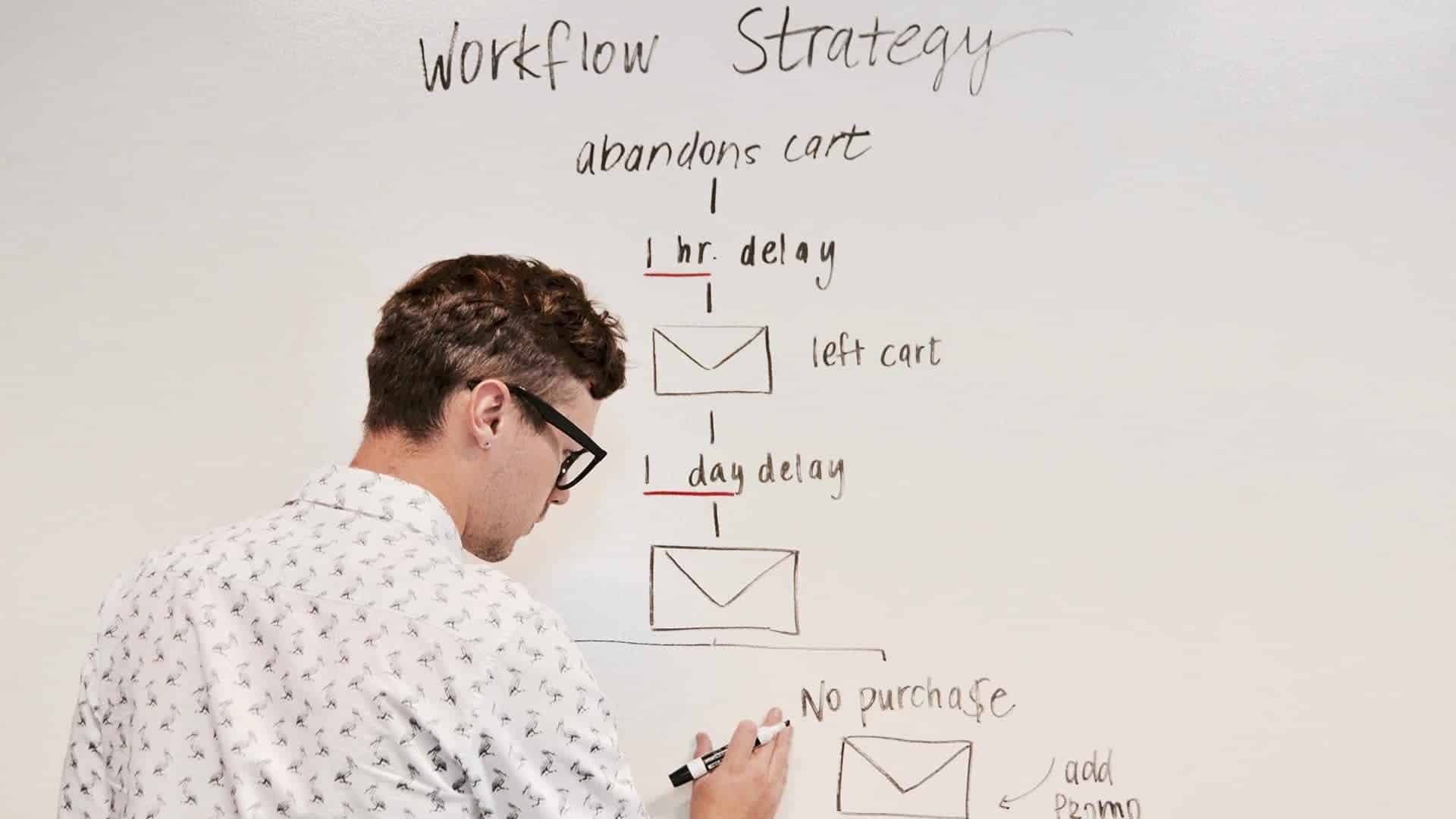Many office managers are frustrated with their day-to-day workflow. They feel that they are not able to get any work done because there is always something else that needs to be taken care of first. If this sounds like you, then it might be time to take a look at your organizational habits and see if there’s anything you can do about it! In this article, we’ll discuss how you can easily improve the workflow in your organization so that each day will go smoothly without too many interruptions or distractions!
Create a system for each type of task
One of the main culprits for a poor workflow is that you don’t have an organized system to sort through your tasks. It can feel overwhelming if you’re juggling multiple projects and each has its own set of steps or procedures that need to occur before it’s complete. In order to better organize everything, create different folders with action plans within them so that when something new pops up in your inbox or comes across on your desk, you’ll know what needs to be done immediately versus what will take more time away from other work.
Additionally, choose one person who will oversee these systems (e.g., head intern) and make sure they follow the guidelines closely! This way everyone knows exactly how their workload should look at any given time and you can be sure that nothing important will slip through the cracks.
Use apps or other technology to make your workflow easier
The digital age has brought about many new forms of technology that have simplified our lives in a variety of ways. If you’re looking for some help with your workflow, then look no further than the tools that are built into your computer or phone!
Using one task manager app can make all the difference when it comes to organizing everything from simple errands to major projects at work. In order to really get ahead of things, set up recurring tasks so they’ll happen automatically without any extra effort on your part day after day. This way nothing will slip through the cracks also helping you stay productive every single day.
If you are looking to make your job simpler and your data more transparent you’ll need a case management platform, and the guys from https://caseworthy.com/ say that the platform needs to be completely customized to fit your workflow and serve your people. This would undoubtedly make your business processes quicker as well.
Additionally, some people like to use social media apps or other distractions in order to get away from their work for a while and rejuvenate themselves before jumping back into the fray. This is okay as long as you’re giving yourself enough time that it won’t affect your workflow adversely!
You can set up blocks of free time each day that will help keep you on track with whatever need doing so nothing important gets pushed aside because there’s just too much going on at once.
Prioritize tasks by importance and urgency
One of the biggest problems with a poor workflow is that you’re not sure what to do next or how important everything really is. You can solve this problem by prioritizing your tasks so that they fall into three categories: important, important but not urgent, and unimportant.
To prioritize your tasks by importance, ask yourself if this task is going to have an impact on the future of your organization. If it will have a positive effect then you’re looking at something that’s important to do now. If it won’t matter in six months or next week (like laundry), then you can put those low-priority items aside for now and focus on what needs to be done first.
Another way you can prioritize is by urgency: deciding which tasks need immediate attention as opposed to those that could wait until later. Some examples of things that are usually considered urgent include events like deadlines and meetings with clients. These types of tasks shouldn’t be ignored because they’ll only make more work for you later on if they go ignored.
It’s important to remember that it takes some time and practice before you get a good sense of what tasks need to be completed immediately, which ones can wait until tomorrow and the bigger picture items that will take priority in six months or so. As long as your workflow is improving then don’t worry too much about prioritizing one day at a time: eventually, you’ll learn where everything fits together.
Make sure you have the right tools for the job, like a laptop with Wi-Fi access
Another major problem that comes from a poor workflow is having the wrong tools for your job. For example, if you’re in an office and you don’t have internet access then it’ll be very hard to get any work done when all of your files are stored online.
Or say you’re working on creating something physical like a painting or woodworking project: without the proper equipment, such as paintbrushes or saws, then there’s no way to complete what needs completing.
The same can be said about digital tools too: having outdated software programs prevents you from being able to do everything effectively with your computer because they could crash or not open certain documents properly. You also need up-to-date hardware so that nothing slows down because you’re running too many programs at once or the hard drive is full.
There are plenty of tools out there to choose from and it’s important for your workflow that you pick ones that will help, not hinder, what needs completing today and in six months’ time when you look back over everything. If a tool isn’t working then get rid of it: if another one doesn’t work better than this current one then just try something different because only having the right tools will improve every aspect of how you manage your workflow.
Keep track of time spent on specific tasks so that you can better plan future work
One of the least talked about problems with having a poor workflow is that you never know how much time certain tasks will take to complete. You might think something only takes an hour but it actually turns out to be two hours because there were so many mistakes made along the way or another task needed your attention before this one could be finished.
We hope this article has helped you as much as it’s helped us. If not, we want to hear from you! What tasks are giving your organization the most trouble? Share with us and we’ll see if there is a solution that will work for everyone involved.














Add Comment